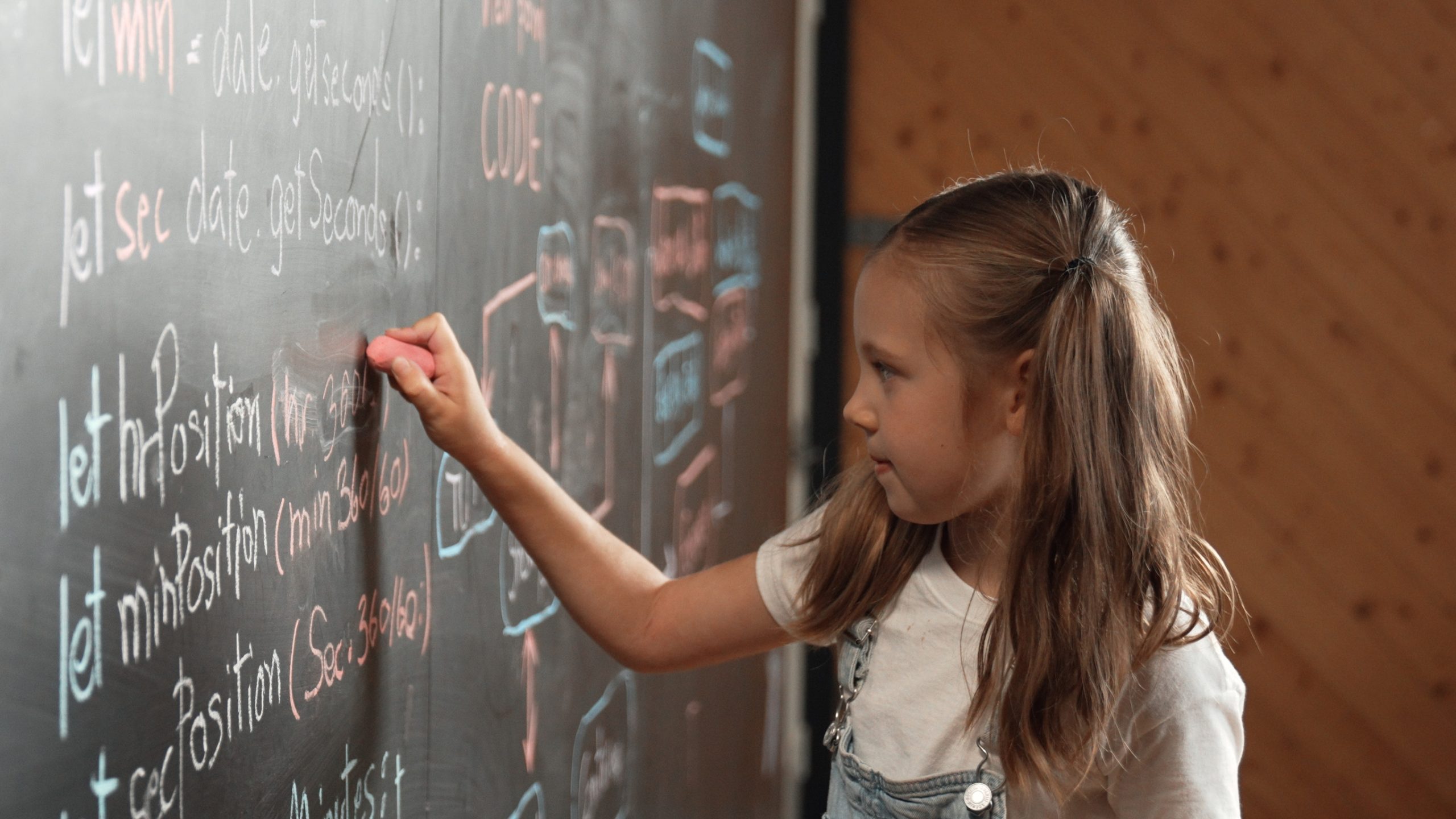
There was a time when a school was simply a place for learning – chalkboards, textbooks, and the occasional science fair project glued together with glitter and optimism. But somewhere along the way, a new presence crept in: corporate influence.
From the posters on the walls to the apps on school-issued tablets, big business is shaping what students see, learn, and even eat. What once were spaces for critical thinking and unbiased education are now being subtly remodeled into brand-centric environments, often without parents even realizing. The transformation has been quiet, strategic, and incredibly effective—and it’s reshaping the next generation in real time.
1. Sponsored Content in Lesson Plans
It starts with a seemingly harmless worksheet—perhaps one about budgeting or healthy eating. Look closer, and suddenly a major soda company is teaching economics, or a fast-food giant is offering nutritional advice. These branded lesson materials are often offered for free to cash-strapped schools, making them attractive options for educators trying to fill curricular gaps.
The problem is, they aren’t neutral; they’re laced with the company’s agenda, subtly reinforcing brand loyalty under the guise of education. It’s not just product placement—it’s strategic indoctrination dressed up as a lesson plan.
2. Tech Companies as Gatekeepers of Learning
Chromebooks, tablets, educational apps—modern classrooms are tech-rich environments, and that tech often comes from the same few corporate giants. With devices come pre-installed platforms, proprietary systems, and learning apps that shape not only how students learn but what they learn. When a tech company controls the operating system and the educational software, it also gains control over data collection and the flow of information.
Algorithms prioritize certain content and shape how students interact with knowledge, often privileging speed and efficiency over depth and understanding. This digital dominance subtly shifts learning from inquiry-based exploration to corporate-structured consumption.
3. Brand Loyalty Through School Supplies and Rewards
Many schools participate in corporate rewards programs that trade student behavior or academic success for branded goods. Pizza parties, toys, and coupons from well-known chains become incentives for reading books or behaving well in class. While these programs may seem harmless—or even motivating—they condition children to associate achievement with consumer rewards. Over time, students don’t just learn to value effort—they learn to value logos. It’s an early training in brand loyalty that blurs the line between education and marketing.
4. Advertisements Disguised as Educational Media
Educational videos used in classrooms are increasingly being produced by corporations with vested interests in how topics are presented. A seemingly factual documentary about environmental sustainability, for example, may be funded by an energy company eager to clean up its image. These films rarely mention sponsorship openly, leaving teachers and students unaware of the bias baked into the content. Even when the information isn’t blatantly misleading, it’s often incomplete, presenting a carefully curated version of the truth. As a result, students absorb more corporate PR than critical analysis.

5. Privatization of School Services
From lunch programs to janitorial services, many public schools have outsourced basic functions to private companies. While these contracts may save districts money, they often come with hidden costs: lower quality, reduced transparency, and less accountability. Corporate food providers may offer calorie-conscious meals that still heavily rely on processed goods and sugary drinks. Custodial services may be stretched thin to cut labor costs, compromising the cleanliness and safety of school buildings. When public functions are handed to private hands, the motive shifts from serving students to serving shareholders.
6. Corporate Influence on Career Pathways
In many high schools, career and technical education (CTE) programs are sponsored or even designed by corporations with a specific workforce pipeline in mind. On the surface, these programs provide valuable hands-on experience and job readiness. But the deeper concern is that students are being funneled into narrow career tracks that serve corporate needs more than student aspirations. Instead of being encouraged to explore a wide range of interests, students are steered toward roles that fill labor shortages in specific industries. Education becomes less about broadening horizons and more about filling quotas.
Corporations And Schools Don’t Always Mix
Corporate influence in schools is no longer a creeping trend—it’s a full-blown reality that shapes everything from curriculum to cafeteria menus.
While some partnerships can offer resources that schools desperately need, they also bring biases, agendas, and marketing strategies that don’t belong in a place of learning. Parents, educators, and policymakers must ask hard questions about who controls what happens in the classroom.
Education should be about developing critical thinkers, not loyal customers. What are your thoughts on corporate influence in schools? Leave a comment and join the conversation.
Read More
These 7 States Have The Worst Public School Systems
7 Old School Dating Rules That Are Still Relevant In 2025
The post 6 Ways Corporations Quietly Took Over Your Kids’ Classrooms appeared first on Everybody Loves Your Money.







